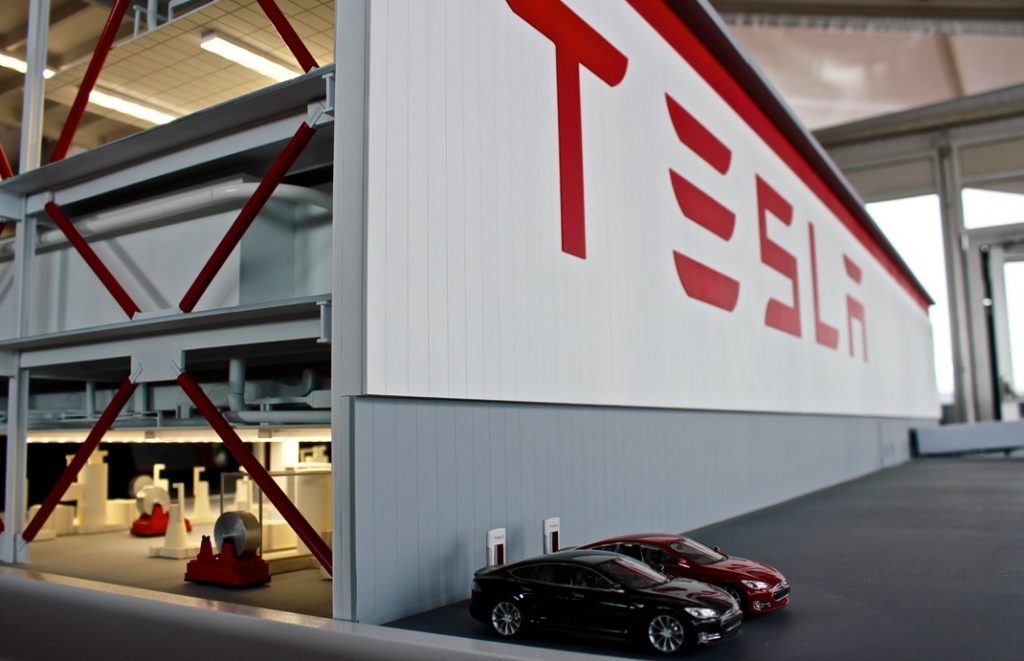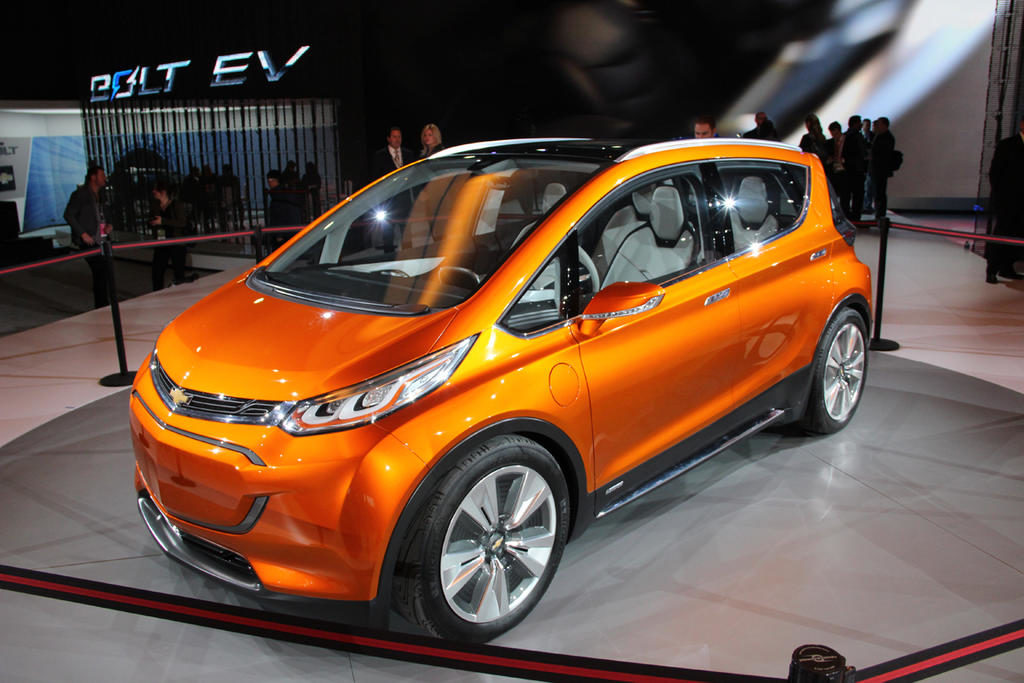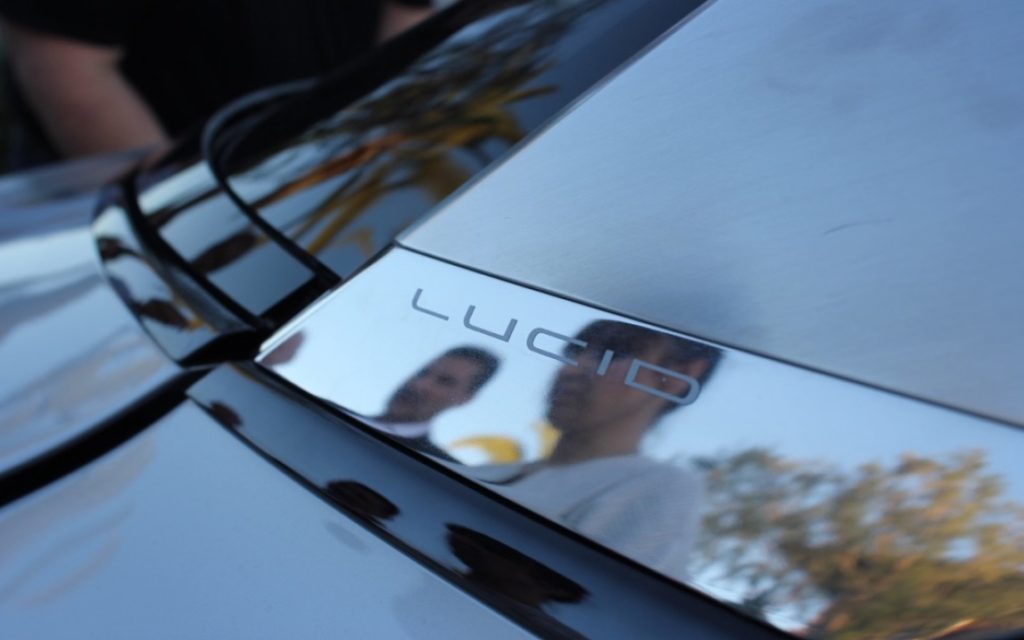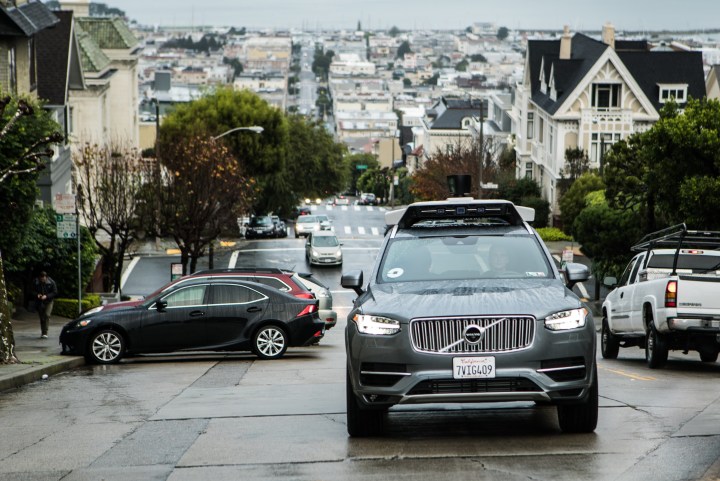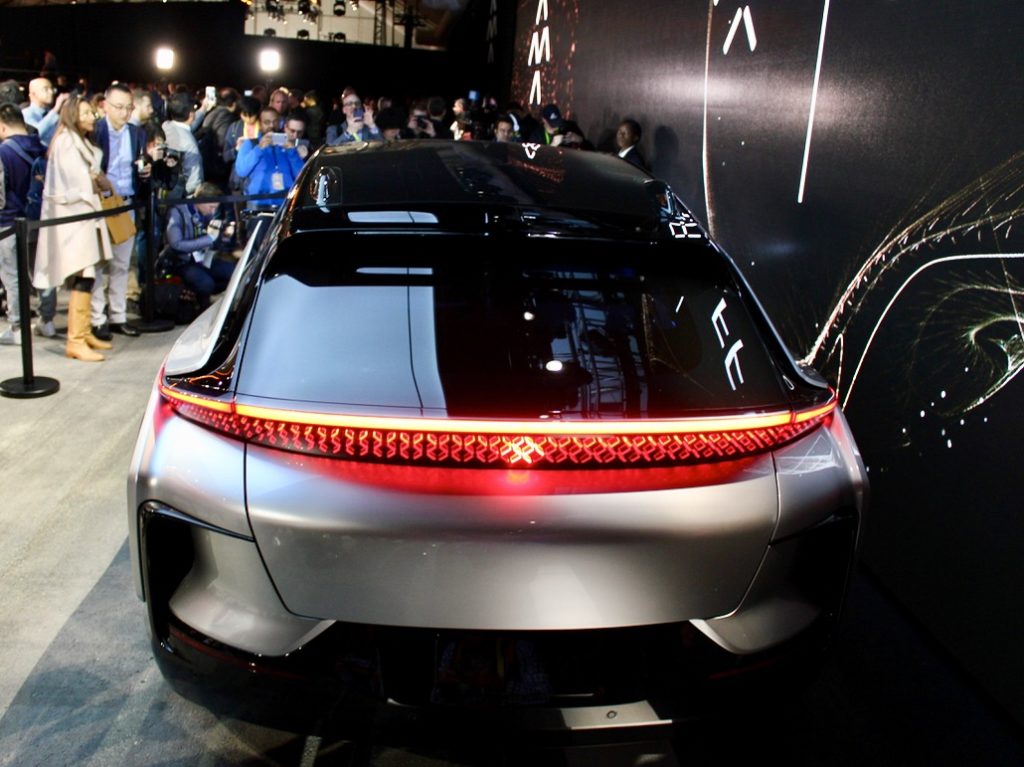News
Top 7 mobility companies of the future to watch for in 2017
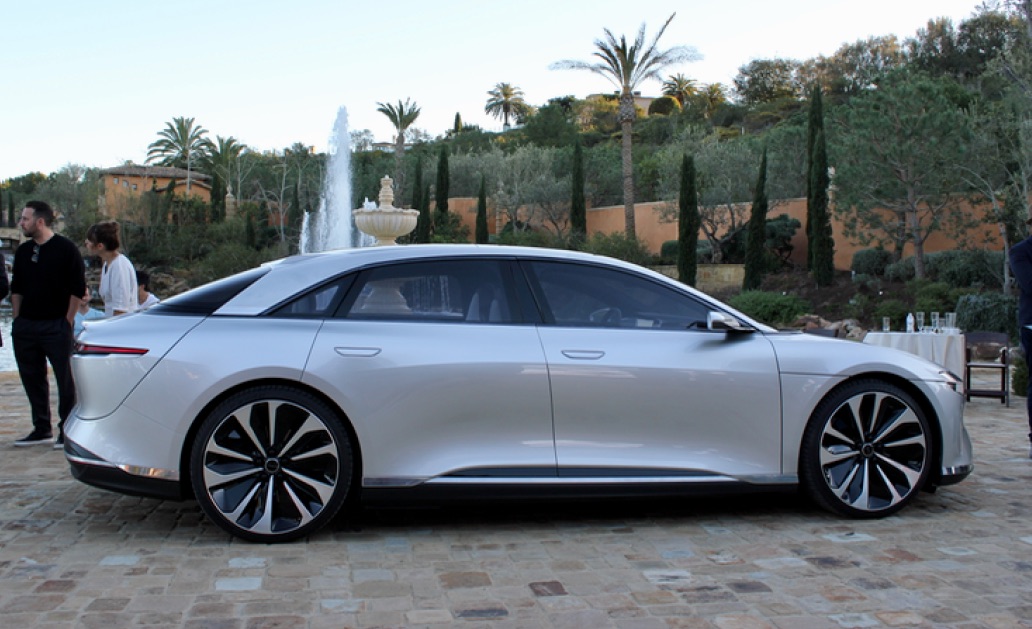
A transformation is taking shape in the auto industry led by technology-focused companies looking to upend all facets of design, powertrains, vehicle ownership, and sales and distribution, as we know it. Tesla has spearheaded this movement towards the electrification of vehicles, while priming the market for a shared vehicle ownership model to come. Joining the Silicon Valley-based electric car maker is another technology company, Uber, looking to become the transportation of the future, sans vehicle ownership.
The automotive industry has just begun its transformation into the mobility industry, and it is important to understand who is leading the pack in innovation.
#1 Tesla
The future mobility industry is being led by Tesla through their fleet of long range electric vehicles – currently having the longest range electric car in the industry – and its Autopilot driver assistance technology. Having the most advanced battery and motor technology in the world, Tesla continues to do a land grab of market share in the automotive market. With planned introduction of Model 3 this year into consumer hands, Tesla is poised for massive growth as it ventures into mass market territory. The company also has billions of miles of data collected through its fleet of vehicles and looks to grow a self-driving market powered by Tesla innovation.
What to watch for in 2017: Fully autonomous vehicles, Model 3 production, improved Supercharger technology with faster charging speeds.
#2 Uber
Uber has grown rapidly in 2016 and is now one of the most recognized startups in the world. Uber’s software algorithms help move millions of people per day and provides a source of income to thousands of workers globally. With Uber’s recent movement into self-driving technology, Uber could emerge as a complete replacement to vehicle ownership. Additionally, Uber acquired Otto in 2016 for $680M, a company that has helped Uber with their self-driving efforts while looking to bring autonomous driving technology to the trucking industry.
What to watch for in 2017: More self-driving cities, entrance into the trucking industry, expanding delivery service.
#3 General Motors
Under Mary Barra’s leadership, GM has transformed itself over the past three years to expose itself to autonomous driving, electric vehicles, and the shift in car ownership. Just this month, GM shipped the Chevy Bolt, a low-cost, long-range electric vehicle. While it is still to be seen whether the Chevy Bolt will be successful, GM has been investing in a variety other innovative areas.
GM has asserted itself as a major player in the car-sharing and ride-sharing industry. In 2016, GM launched a “personal mobility” brand, Drive Maven, which allows people to rent a car on an hourly basis. GM has launched the brand in 12 cities across North America and is investing heavily in growing the brand. GM also invested $500M into Lyft and partnered with the company to provide easier access to vehicles on the platform. In addition to their investment in Lyft, GM also acquired self-driving start-up, Cruise Automation, for $1 Billion in cash and stock. Clearly, GM has been very busy in order to stay relevant and has asserted themselves as the leader of traditional automaker industry.
What to watch for in 2017: Chevy Bolt production, expansion of Maven, more advancements with Cruise’s self-driving technology.
#4 Lucid Motors
Lucid Motors has been hard at work for over ten years to develop their first production vehicle, the Lucid Air. The company promises a large luxury vehicle with 1,000 hp and 400 miles of range. While the claims might seem lofty, Lucid is poised to become a very dominant force within the new era of electrification. They are the most likely start-up automaker to make it to production in the next few years. The company has raised over $130M and has quietly begun construction of their factory in Arizona and aiming for a production run of 10,000 vehicles in 2019. Lucid’s CTO is the former vice president of vehicle engineering at Tesla Motors and was involved in the development of the Model S.
What to watch for in 2017: Factory development, more details, and pricing on the ‘Air’
#5 NextEV (NIO)
NextEV is the newest start-up automaker to enter the EV space and has developed advanced technology to assert themselves in the market. Founded in late 2014, NextEV has raised upwards of $500M and has brought on a veteran technology executive as their CEO, Padmasree Warrior, who’s the former CTO of Cisco and Motorola. The company participates in the Formula E electric car racing series. In November 2016, the company rebranded itself as NIO.
NIO has already built and tested its electric supercar the EP9 that broke the electric vehicle lap time at the famed Nürburgring course. The company is looking to launch a consumer electric car brand focused on a different style of ownership.
What to watch for in 2017: Advancements with the EP9, more details on the consumer vehicle, development of their factory in China.
#6 Volvo
Volvo surprised the automotive industry when they emerged in 2015 with the brand-new Volvo XC90 built on advanced engineering and technology. The XC90 went on to win Motortrend’s SUV of the year and numerous awards. Not only is the XC90 a fantastic refresh of the Volvo brand, but the vehicle also has a new powertrain combined with autonomous driving technology.
Volvo formed a partnership with Uber in August of 2016 to collaborate on self-driving technology. Volvo’s partnership with Uber is a major win for the brand as it moves forward to reinvent the aging brand.
What to watch for in 2017: New generation S60/XC60, full self-driving technology, electrification of vehicle lineup.
#7 Faraday Future
Faraday Future has entered 2017 swinging straight at Tesla with the FF91. The company claims a 0-60 time of 2.39 secs on the FF91 which is nothing short of impressive. Faraday has lofty goals to become a major transportation and entertainment ecosystem through a vast fleet of electric mobility vehicles. However, amid reports of financial issues taking place within the organization, the company is quickly adjusting its stated manufacturing plans and realigning its finances. Faraday Future seems to be back on track.
What to watch for in 2017: More details and pricing on the FF91, development efforts on the factory, advancements in self-driving technology.

Elon Musk
Starlink passes 9 million active customers just weeks after hitting 8 million
The milestone highlights the accelerating growth of Starlink, which has now been adding over 20,000 new users per day.

SpaceX’s Starlink satellite internet service has continued its rapid global expansion, surpassing 9 million active customers just weeks after crossing the 8 million mark.
The milestone highlights the accelerating growth of Starlink, which has now been adding over 20,000 new users per day.
9 million customers
In a post on X, SpaceX stated that Starlink now serves over 9 million active users across 155 countries, territories, and markets. The company reached 8 million customers in early November, meaning it added roughly 1 million subscribers in under seven weeks, or about 21,275 new users on average per day.
“Starlink is connecting more than 9M active customers with high-speed internet across 155 countries, territories, and many other markets,” Starlink wrote in a post on its official X account. SpaceX President Gwynne Shotwell also celebrated the milestone on X. “A huge thank you to all of our customers and congrats to the Starlink team for such an incredible product,” she wrote.
That growth rate reflects both rising demand for broadband in underserved regions and Starlink’s expanding satellite constellation, which now includes more than 9,000 low-Earth-orbit satellites designed to deliver high-speed, low-latency internet worldwide.
Starlink’s momentum
Starlink’s momentum has been building up. SpaceX reported 4.6 million Starlink customers in December 2024, followed by 7 million by August 2025, and 8 million customers in November. Independent data also suggests Starlink usage is rising sharply, with Cloudflare reporting that global web traffic from Starlink users more than doubled in 2025, as noted in an Insider report.
Starlink’s momentum is increasingly tied to SpaceX’s broader financial outlook. Elon Musk has said the satellite network is “by far” the company’s largest revenue driver, and reports suggest SpaceX may be positioning itself for an initial public offering as soon as next year, with valuations estimated as high as $1.5 trillion. Musk has also suggested in the past that Starlink could have its own IPO in the future.
News
NVIDIA Director of Robotics: Tesla FSD v14 is the first AI to pass the “Physical Turing Test”
After testing FSD v14, Fan stated that his experience with FSD felt magical at first, but it soon started to feel like a routine.

NVIDIA Director of Robotics Jim Fan has praised Tesla’s Full Self-Driving (Supervised) v14 as the first AI to pass what he described as a “Physical Turing Test.”
After testing FSD v14, Fan stated that his experience with FSD felt magical at first, but it soon started to feel like a routine. And just like smartphones today, removing it now would “actively hurt.”
Jim Fan’s hands-on FSD v14 impressions
Fan, a leading researcher in embodied AI who is currently solving Physical AI at NVIDIA and spearheading the company’s Project GR00T initiative, noted that he actually was late to the Tesla game. He was, however, one of the first to try out FSD v14.
“I was very late to own a Tesla but among the earliest to try out FSD v14. It’s perhaps the first time I experience an AI that passes the Physical Turing Test: after a long day at work, you press a button, lay back, and couldn’t tell if a neural net or a human drove you home,” Fan wrote in a post on X.
Fan added: “Despite knowing exactly how robot learning works, I still find it magical watching the steering wheel turn by itself. First it feels surreal, next it becomes routine. Then, like the smartphone, taking it away actively hurts. This is how humanity gets rewired and glued to god-like technologies.”
The Physical Turing Test
The original Turing Test was conceived by Alan Turing in 1950, and it was aimed at determining if a machine could exhibit behavior that is equivalent to or indistinguishable from a human. By focusing on text-based conversations, the original Turing Test set a high bar for natural language processing and machine learning.
This test has been passed by today’s large language models. However, the capability to converse in a humanlike manner is a completely different challenge from performing real-world problem-solving or physical interactions. Thus, Fan introduced the Physical Turing Test, which challenges AI systems to demonstrate intelligence through physical actions.
Based on Fan’s comments, Tesla has demonstrated these intelligent physical actions with FSD v14. Elon Musk agreed with the NVIDIA executive, stating in a post on X that with FSD v14, “you can sense the sentience maturing.” Musk also praised Tesla AI, calling it the best “real-world AI” today.
News
Tesla AI team burns the Christmas midnight oil by releasing FSD v14.2.2.1
The update was released just a day after FSD v14.2.2 started rolling out to customers.

Tesla is burning the midnight oil this Christmas, with the Tesla AI team quietly rolling out Full Self-Driving (Supervised) v14.2.2.1 just a day after FSD v14.2.2 started rolling out to customers.
Tesla owner shares insights on FSD v14.2.2.1
Longtime Tesla owner and FSD tester @BLKMDL3 shared some insights following several drives with FSD v14.2.2.1 in rainy Los Angeles conditions with standing water and faded lane lines. He reported zero steering hesitation or stutter, confident lane changes, and maneuvers executed with precision that evoked the performance of Tesla’s driverless Robotaxis in Austin.
Parking performance impressed, with most spots nailed perfectly, including tight, sharp turns, in single attempts without shaky steering. One minor offset happened only due to another vehicle that was parked over the line, which FSD accommodated by a few extra inches. In rain that typically erases road markings, FSD visualized lanes and turn lines better than humans, positioning itself flawlessly when entering new streets as well.
“Took it up a dark, wet, and twisty canyon road up and down the hill tonight and it went very well as to be expected. Stayed centered in the lane, kept speed well and gives a confidence inspiring steering feel where it handles these curvy roads better than the majority of human drivers,” the Tesla owner wrote in a post on X.
Tesla’s FSD v14.2.2 update
Just a day before FSD v14.2.2.1’s release, Tesla rolled out FSD v14.2.2, which was focused on smoother real-world performance, better obstacle awareness, and precise end-of-trip routing. According to the update’s release notes, FSD v14.2.2 upgrades the vision encoder neural network with higher resolution features, enhancing detection of emergency vehicles, road obstacles, and human gestures.
New Arrival Options also allowed users to select preferred drop-off styles, such as Parking Lot, Street, Driveway, Parking Garage, or Curbside, with the navigation pin automatically adjusting to the ideal spot. Other refinements include pulling over for emergency vehicles, real-time vision-based detours for blocked roads, improved gate and debris handling, and Speed Profiles for customized driving styles.
